MediCall
Tele-communication for operation rooms.
Design for professional use
Master Interaction design
Umeå Institute of Design
10 weeks, fall 2017
Ethnographic fieldwork, co-creation, paper/wireframe prototyping
reportCONCEPT
In the critical medical sector, communication is crucial for good patient healthcare. What if the tools used for communication were specifically made for this use case.
Our proposed solution ‘MediCall’ is a concept that makes the process more efficient and adds an extra layer of information in the communication that already takes place today. The concept consists of a device inside the OR and one personal device. Triggering the communication is done by its physical knob that is used for both setting the emergency level and select who to call from the already pre-set list of people that the system provides.
“This concept helps the personnel to be on the same page, it’s important to be on the same page and agree on the same actions during communication.” - Ola Heeren, Medical Technology Coordinator Norrlands universitetssjukhus.

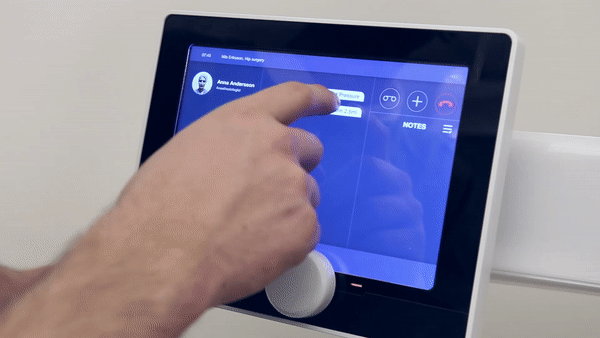
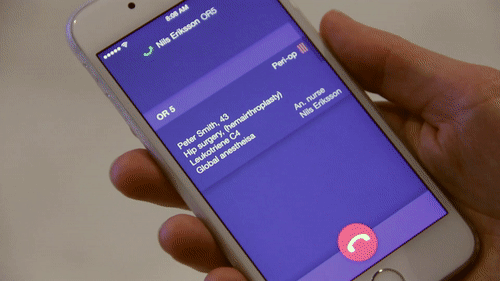
Urgency level & efficiency
Nowadays it is hard to know how urgent the communication and situation is. This makes it hard to prioritize for the receiver. With this concept, the user can set the level of urgency and start calling the right person with one hand-gesture.
Voice to data
Right now only vocal communication is used, we want the user to be able to add extra data based on words that are said. In this way, the participants of the conversation have the same live information.
Being on the same page
In critical situations it is important to know what you agreed on, the system will make this part of the communication clear for both sides.


Problems with the current solutions
In one of the operations that a classmate observed, the phone was lost in the OR, the personnel had to search for the phone before they could start calling. In one of our operations, the phone number on the whiteboard wasn’t working, so they had to search the binder with phone numbers of the hospital. We also heard that through the phone, they share patient values, amount of medicine and types of medicine. Especially the patient values are hard to communicate through words.
“If the anaesthetist is in an OR, I need to wait him to call back. I also try to formulate as much information as possible in a short of time.” - Nils Petersson (Anesthesia Nurse Akademiska)
Communication is crucial
Communication is crucial for good healthcare and patient safety. For this reason, the communication should be as efficient as possible and without any misunderstanding.
“Ineffective team communication is frequently at the root of medical error. They occurred in approximately 30% of team exchanges.” - Lingard, L. et. al. (2004). Communication failures in the operating room: an observational classification of recurrent types and effects. BMJ Quality & Safety, 13(5), 330-334.
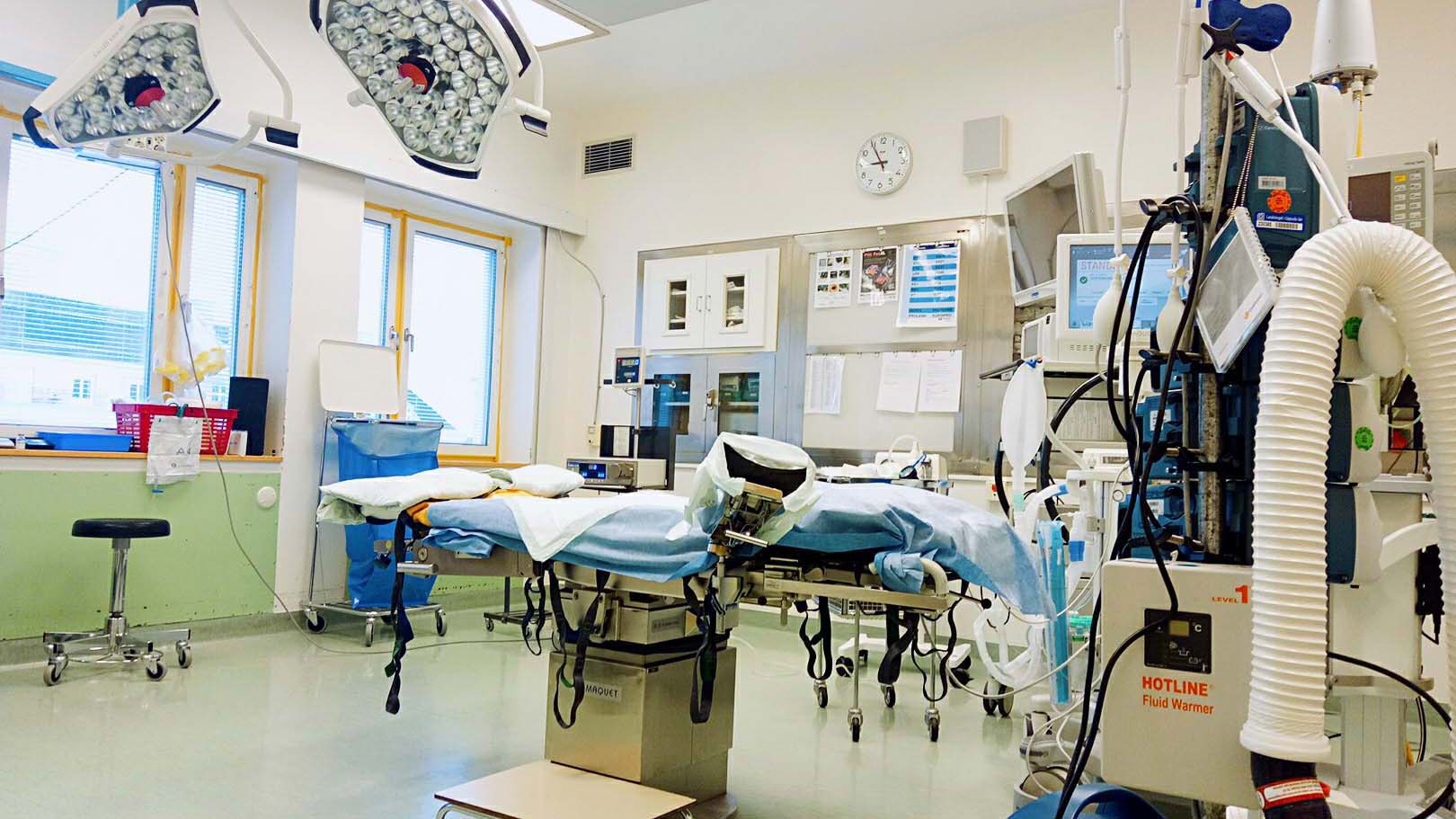
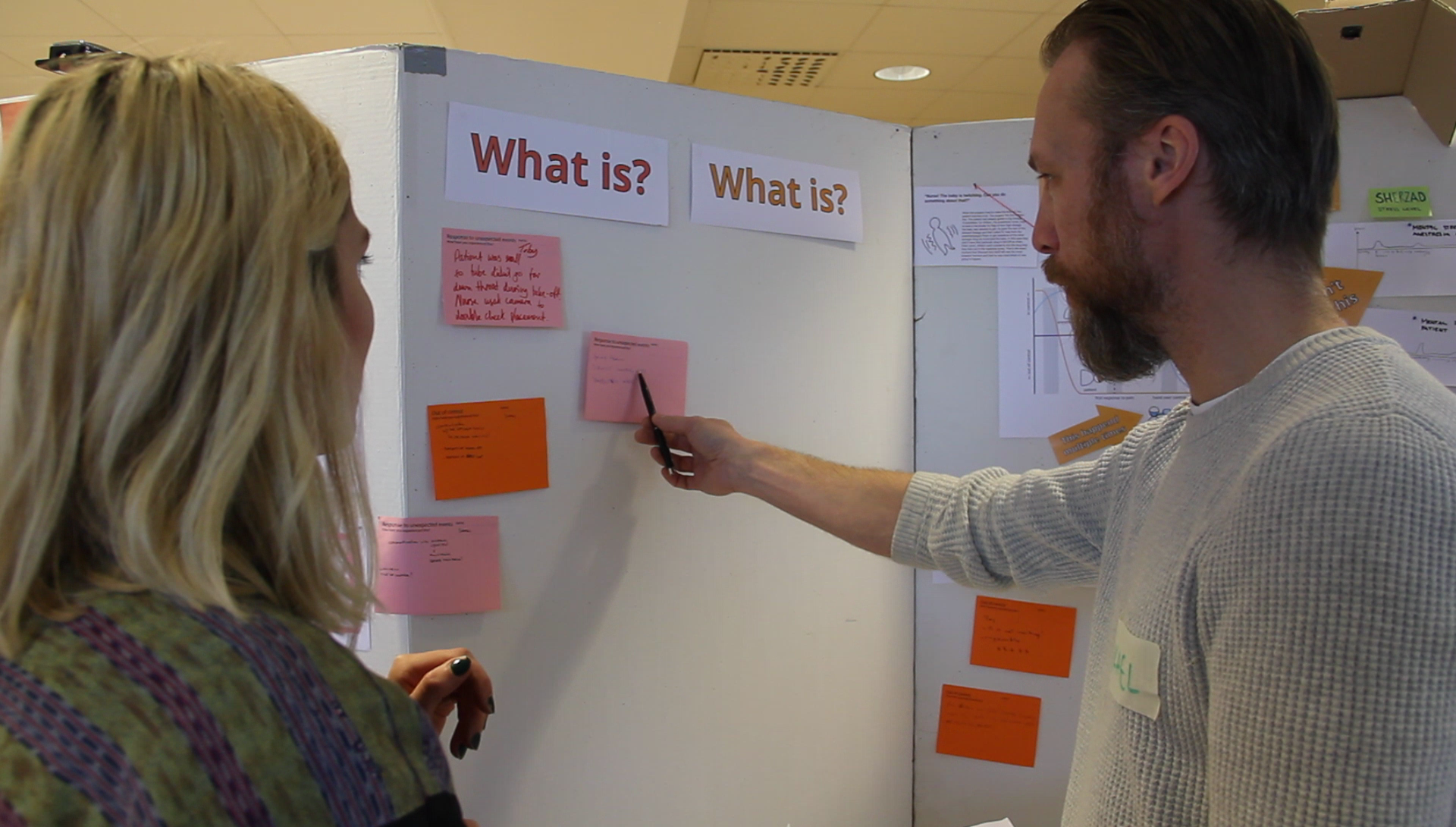
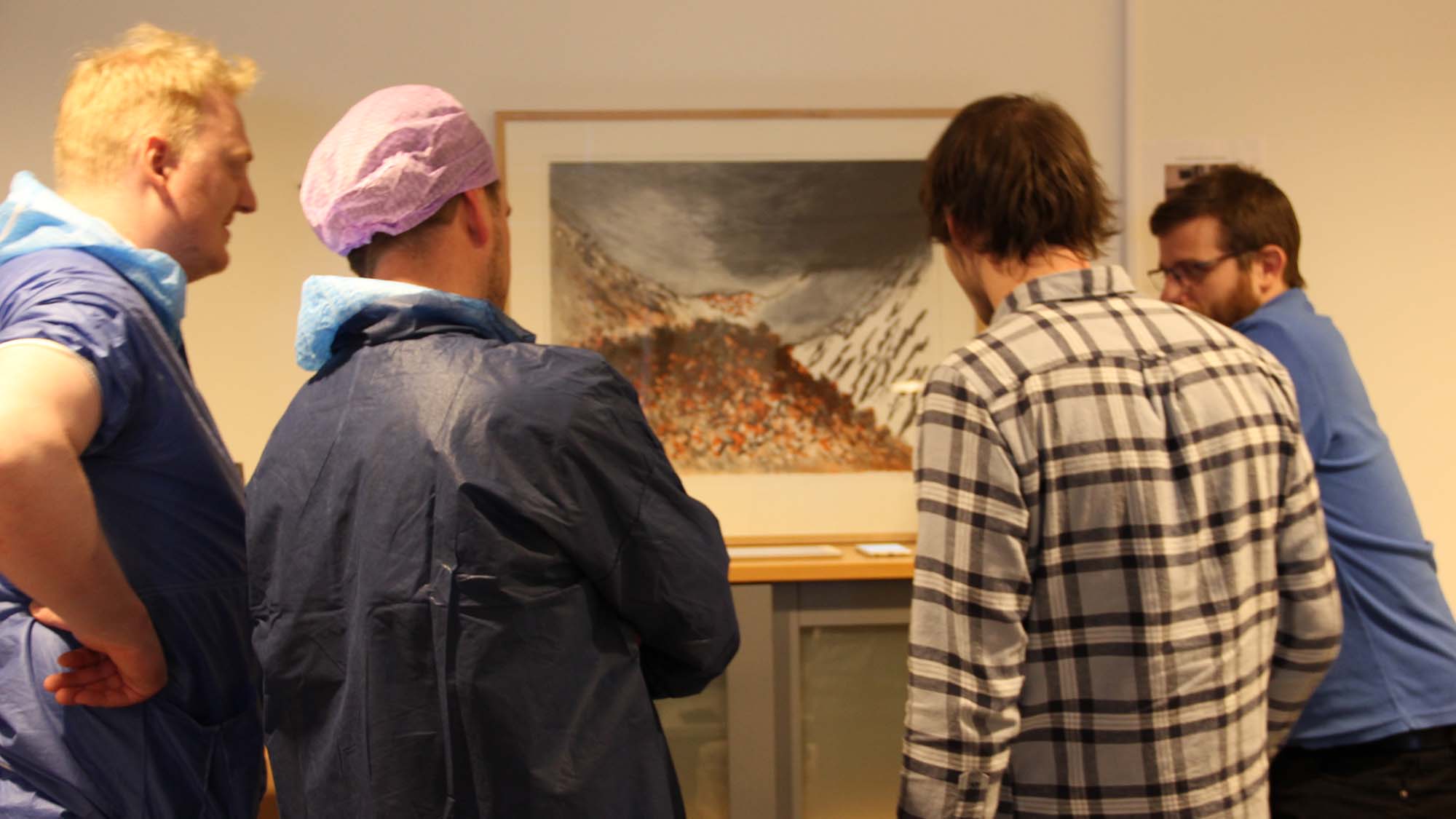
Shadowing operations
During this course we were able to observe real operations in various hospitals in Sweden. We learned how to properly document and how to share the observations with a bigger audience. We also established contact with several of the nurses we met, in this way we kept in contact throughout the project.
Co-creating with stakeholders
Halfway the project we shared our observations with the company Maquet, during this research-presentation we created a way for the company to add to our research instead of only presenting. This was a great way to brainstorm together with the company, instead of only presenting what we found.
Co-creating in the hospital
When we found a valuable direction to move forward with, we had a co-creation session together with nurses from the hospital. Because we showed the prototypes and video-sketches, we could get a lot of valuable feedback on the details of the prototype.
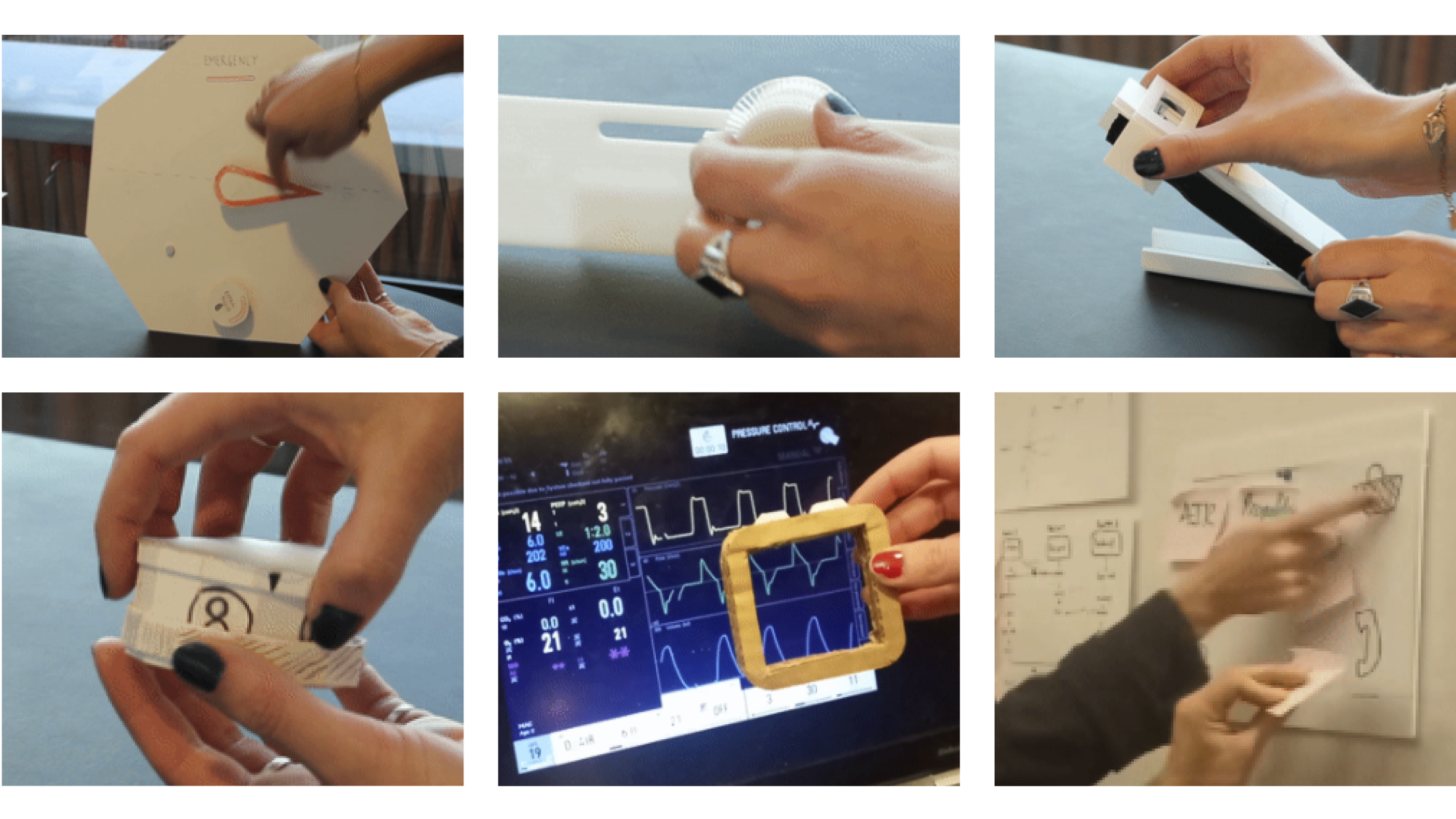
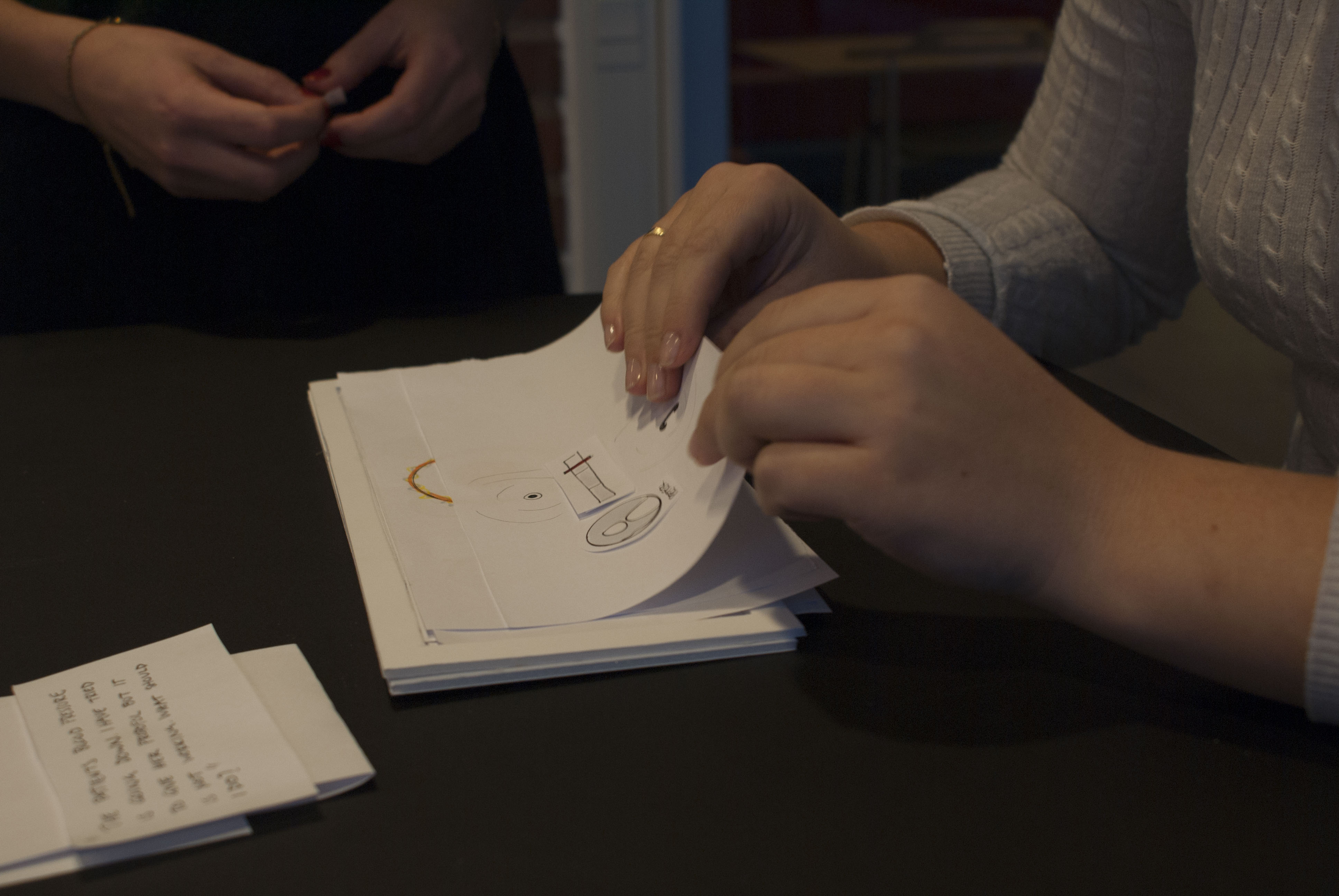
Ideating through making
We developed various concepts by making physical representations of them, also because we saw the opportunity of having a physical way of triggering the call as a way to have it in the muscle memory.
Paper prototyping wireframe
We tested the paper prototype on various students from UID, in this way we found the most common bottlenecks.
Finalizing prototype & video
We finally milled the prototype, painted it and used an Ipad for showing the interface, the Ipad is controlled from a Bluetooth keyboard and is showing movie made in after effects.
